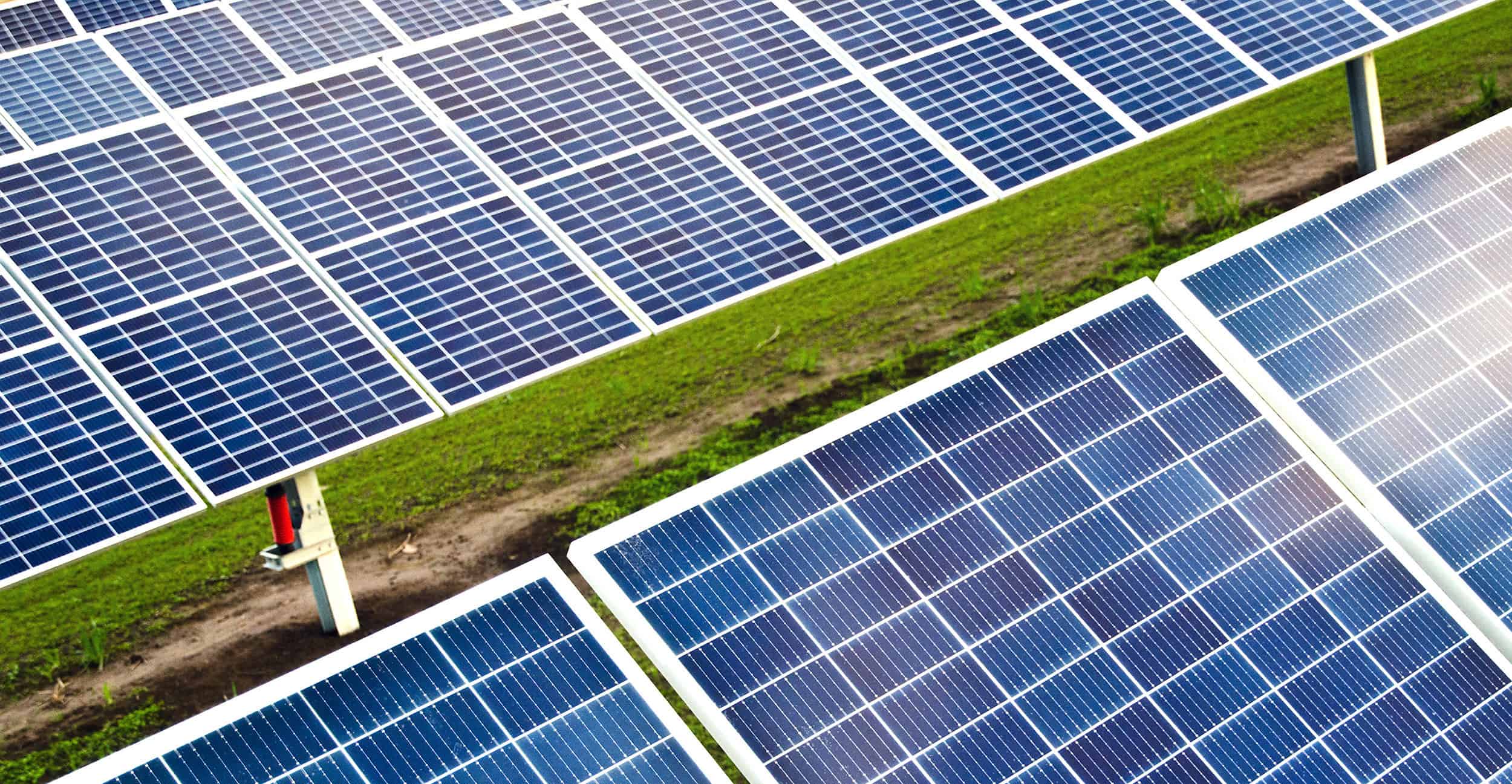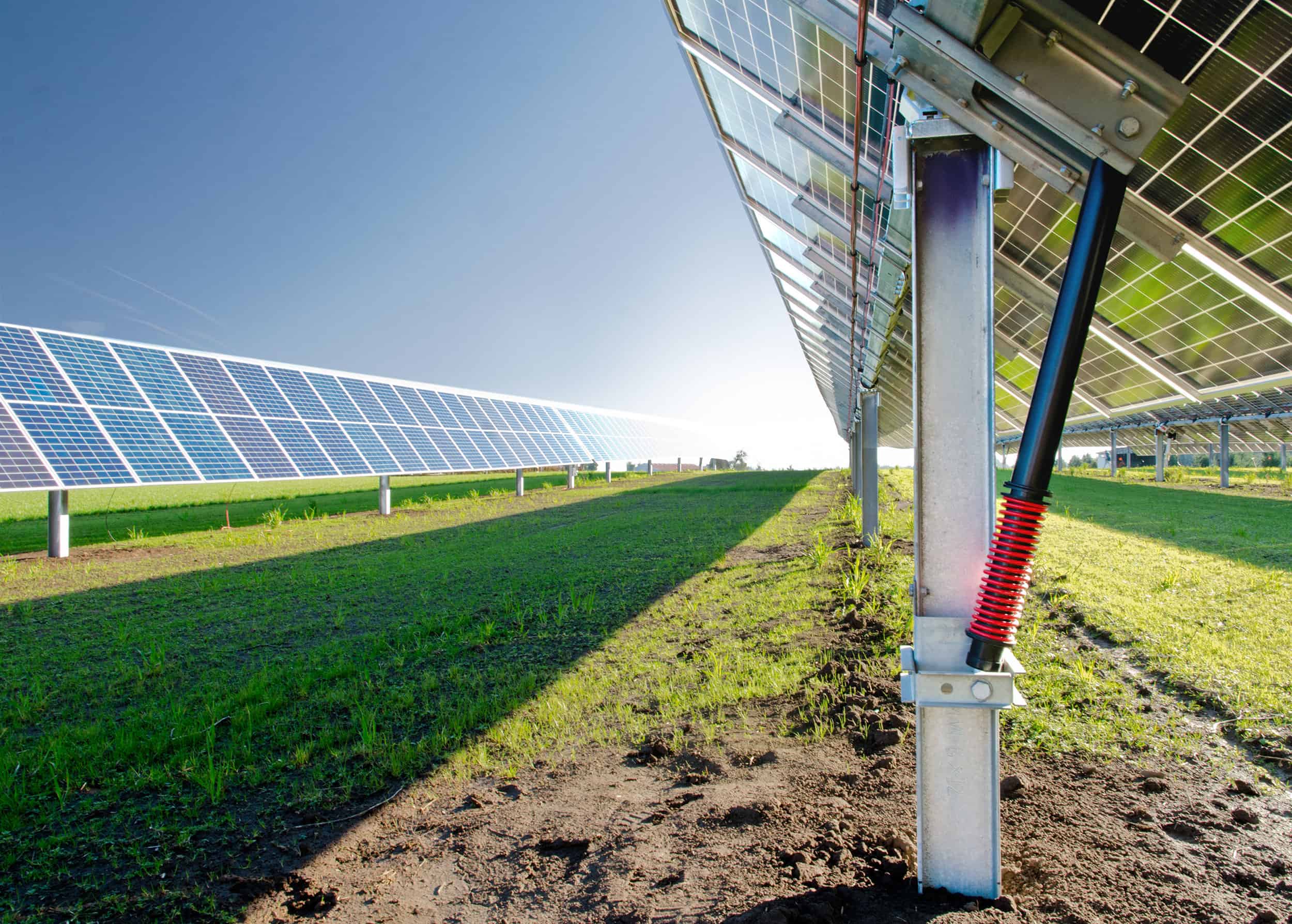Dr. Chad Higgins, Associate Professor of Agriculture at Oregon State University, and his team are hoping to learn which crops can be grown under solar panels, improving crop production while generating clean, renewable, low-cost energy.
By Larry Thompson – Renewable Energy Working Group
Summer in Oregon, with its abundant water and warm, sunny days offers ideal conditions for growing vegetables. But what if those vegetables didn’t need all that sun, but could grow equally well in the shade—of solar panels? Can farmers, using a practice called agrivoltaics, produce, at the same time and in the same fields, abundant crops and clean, low-cost, renewable energy?
Dr. Chad Higgins, Associate Professor of Agriculture at Oregon State University, has put together a team to answer these questions, Establishing Solar Harvest, an agrivoltaic research project located at the OSU North Willamette Research and Extension Center, the team hopes to determine whether vegetables, forage crops and even nursery stock can successfully grow in the intermittent shade of solar panels. The team will study which lighting conditions, soil moisture content and irrigation requirements will provide the best environment for producing both food and electricity. The team also hopes to determine if some crops might grow even better under the panels than in the sun by reducing heat stress and retaining more moisture.
Solar Harvest is a collaboration between OSU and the Oregon Clean Power Cooperative, an organization which owns and operates community based solar projects. The Solar Harvest farm includes a five-acre solar array and has a capacity of 320 kilowatts, enough to power thirty residential homes every year. The array’s 800 photovoltaic panels are mounted approximately five feet above the ground and utilize a single-axis rotating system to capture the maximum sunlight throughout the day.
Renewable energy discounts will be provided to OSU, nonprofits and residents and consumers who sign up for theCommunity Solar Program through the Oregon Clean Power Cooperative. Portland General Electric will purchase a portion of the energy generated by the solar array as part of its commitment to bringing renewable energy to Oregon consumers and businesses.
Dr. Higgins’ work could not come at a better time. The federal government has also begun to support agrivoltaics. In December 2022, a separate effort by the US Department of Energy announced the Foundational Agrivoltaics Research for Megawatt Scale (FARMS) program with an investment of $8 million to continue research and development for agrivoltaics.
The first Solar Harvest crops were planted in the Fall of 2022 and the first research findings are expected in the Spring of 2023.
The OSU North Willamette Research and Extension Center is open to the public and will serve as an agricultural and solar energy demonstration project and learning facility.



